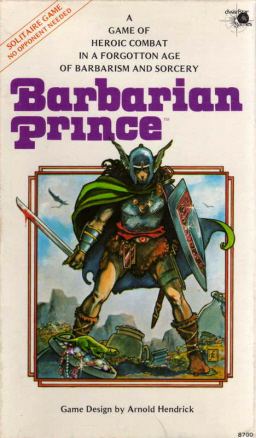Art of the Genre: Top 10 Literary Sci-Fi/Fantasy Covers of the 1970s
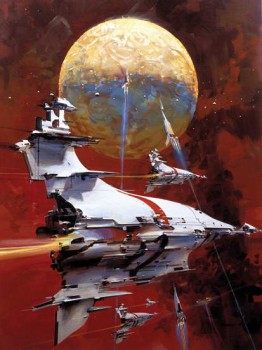
I was born in 1971, which makes me old, but not too old, at least in my mind. Although I was indeed a living creature on this planet during the bulk of the 1970s I didn’t really have much conscious thought that was dedicated to anything resembling fiction.
Sure, I saw Star Wars at the local cinema, I had the action figures, but that was about as close to anything literary as I got, the bulk of my time sucked up with Hot Wheels and green-plastic army men. However, while I was learning to walk, potty on a toilet, ride a bike, and crushing on my first girlfriend, the forces of American fantasy art were going into overdrive around me.
Truly, the 1970s was a creative bloom in fantasy and science fiction art, and although I do enjoy both the 60s and even the 50s, I think it is best I start with the decade where this genre moved from the minds of a chosen few to the big time of the greater American consciousness.
As I grew along up, my appreciation for art in general started to move me into the realm of fantasy books and their unreal covers. That’s not to say that 1970s art played directly into this progression, as I was really a child of the 1980s, but the greater knowledge I gained of the industry as a whole, the more I appreciated the groundbreaking art from the decade of my birth.
So, today, having spent nearly twenty years studying the fantasy art industry, and ten of that working directly in it, I’ve grown to love the literary art of the 1970s and wanted to share with you my thoughts concerning some of the very best it had to offer.
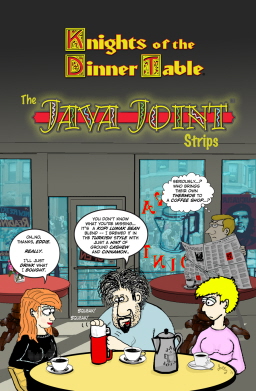
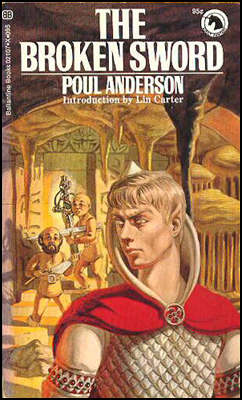 Michael Fierce writes:
Michael Fierce writes: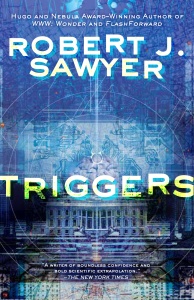
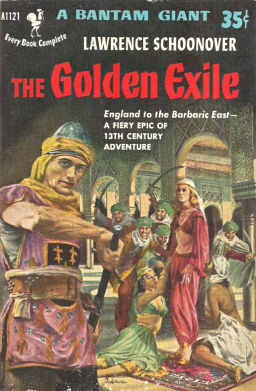
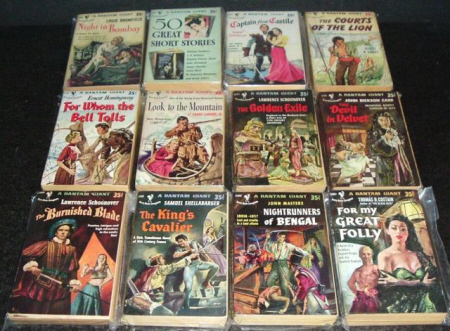
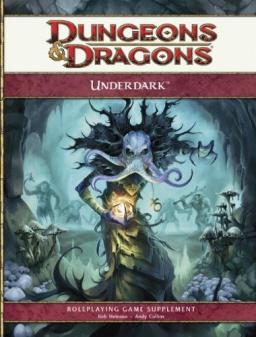

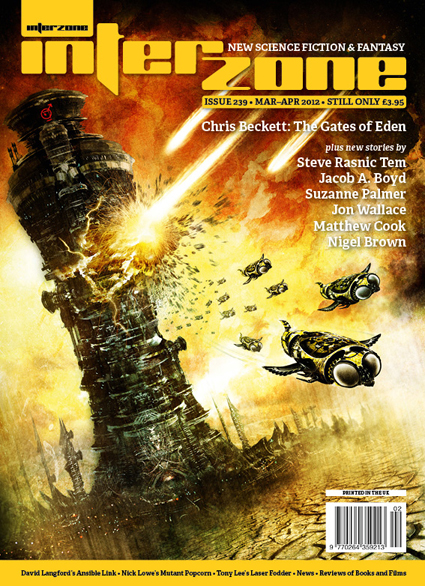 The March-April issue of Interzone features new stories by Chris Beckett (”The Gates of Eden”), Steve rasnic Tem (”Twember”), Jon Wallace (”Lips and Teeth”), Suzanne Palmer (Tangerine, Nectarine, Clementine, Apocolypse”), Matthew Cook (“Railriders”) and Nigel Brown (“One-Way Ticket”); cover artwork by Ben BaldwinJacob Boyd (“Bound in Place”); “Ansible Link” genre news and miscellanea by David Langford; “Mutant Popcorn” film reviews by Nick Lowe; “Laser Fodder” DVD/Blu-Ray reviews by Tony Lee; book reviews by Jim Steel and other contributors.
The March-April issue of Interzone features new stories by Chris Beckett (”The Gates of Eden”), Steve rasnic Tem (”Twember”), Jon Wallace (”Lips and Teeth”), Suzanne Palmer (Tangerine, Nectarine, Clementine, Apocolypse”), Matthew Cook (“Railriders”) and Nigel Brown (“One-Way Ticket”); cover artwork by Ben BaldwinJacob Boyd (“Bound in Place”); “Ansible Link” genre news and miscellanea by David Langford; “Mutant Popcorn” film reviews by Nick Lowe; “Laser Fodder” DVD/Blu-Ray reviews by Tony Lee; book reviews by Jim Steel and other contributors.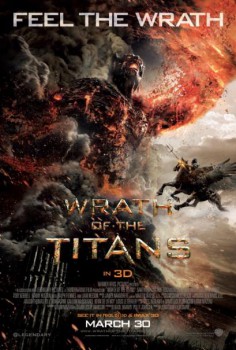 Wrath of the Titans (2012)
Wrath of the Titans (2012)